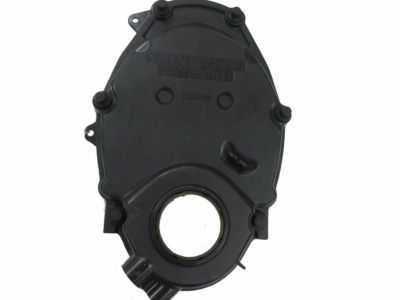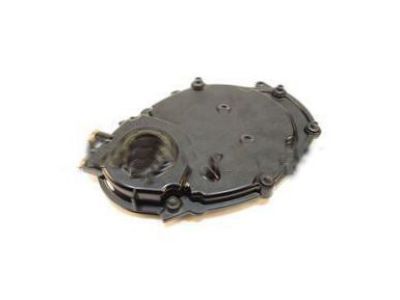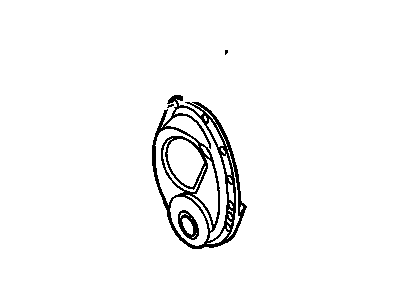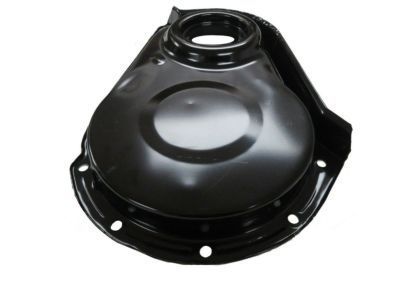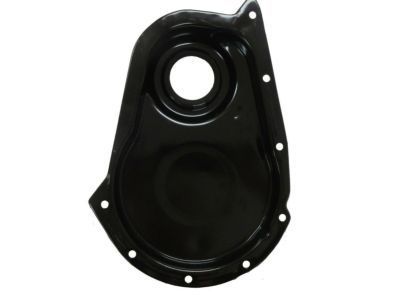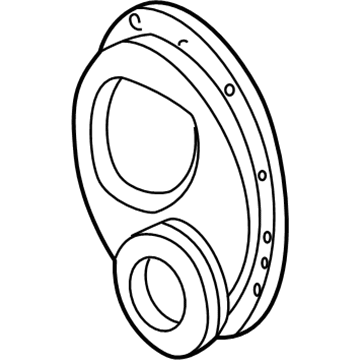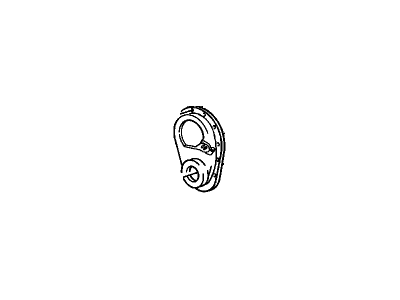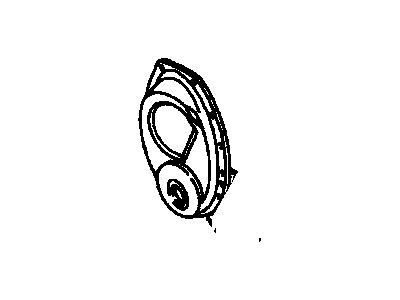
My Garage
My Account
Cart
Genuine Chevrolet Astro Timing Cover
Engine Timing Cover- Select Vehicle by Model
- Select Vehicle by VIN
Select Vehicle by Model
orMake
Model
Year
Select Vehicle by VIN
For the most accurate results, select vehicle by your VIN (Vehicle Identification Number).
8 Timing Covers found
Chevrolet Astro Cover Assembly, Engine Front
Part Number: 93445880$90.21 MSRP: $152.92You Save: $62.71 (42%)Chevrolet Astro Cover Kit,Engine Front
Part Number: 89017259$92.41 MSRP: $158.02You Save: $65.61 (42%)Ships in 1-2 Business DaysChevrolet Astro Cover Kit,Engine Front
Part Number: 89017261$75.89 MSRP: $121.03You Save: $45.14 (38%)
Chevrolet Astro Timing Cover
The Timing Cover of Chevrolet Astro vehicles play a very important function to protect the area where the timing mechanism can involve a timing belt, timing chain or cam belt. Chevrolet Astro Timing Cover is made of solid materials like aluminum, plastic or steel that help protect other sensitive parts of timing system from debris. Moreover, some Timing Covers have gaskets that add to the performance of timing belt gasket as well as other applications. Needless to say, failure of these covers may occur at any one time which makes replacement often an imperative to enhance safety on our roads.
Each OEM Chevrolet Astro Timing Cover we offer is competitively priced and comes with the assurance of the manufacturer's warranty for the part. Furthermore, we guarantee the speedy delivery of your orders right to your doorstep. Our hassle-free return policy is also in place for your peace of mind.
Chevrolet Astro Timing Cover Parts Questions & Experts Answers
- Q: How to properly detach and reinstall components when servicing timing cover in four cylinder engine on Chevrolet Astro?A:Detach the cable from the negative terminal of the battery, ensuring to disable the anti-theft feature on models equipped with such a system before disconnecting the battery. Remove the power steering reservoir, being prepared to catch the fluid in a drain pan. Take off the upper fan shroud and the drivebelts, then detach the fan and drivebelt pulley. Disconnect and unbolt the alternator and brackets, then raise the front of the vehicle and support it on jackstands while applying the parking brake. Drain the coolant and detach the lower radiator hose from the water pump. Remove the Crankshaft Pulley and hub, followed by the timing cover-to-block bolts, and carefully pry off the cover, which may be sealed with RTV. Use a scraper to remove all old sealant from the cover, oil pan, and block, then clean the mating surfaces. Check the cover flanges for distortion and flatten them if necessary. Apply a 3/8-inch wide by 3/16-inch thick bead of RTV sealant to the timing cover flange that mates with the oil pan, and a 1/4-inch wide by 1/8-inch thick bead to the cover-to-block flange, along with a dab of sealant to the joints between the oil pan and the engine block. Position the cover and loosely install a couple of mounting bolts, then install the crankshaft hub to center the cover, ensuring to lubricate the seal contact surface of the hub. Install the remaining mounting bolts and tighten them to the specified torque, followed by the crankshaft pulley and reconnecting the lower radiator hose. Lower the vehicle, refill the cooling system, reinstall the components removed for access, reattach the cable to the negative terminal of the battery, and finally start the engine to check for oil leaks at the seal.
Related Chevrolet Astro Parts
Browse by Year
2005 Timing Cover 2004 Timing Cover 2003 Timing Cover 2002 Timing Cover 2001 Timing Cover 2000 Timing Cover 1999 Timing Cover 1998 Timing Cover 1997 Timing Cover 1996 Timing Cover 1995 Timing Cover 1994 Timing Cover 1993 Timing Cover 1992 Timing Cover 1991 Timing Cover 1990 Timing Cover 1989 Timing Cover 1988 Timing Cover 1987 Timing Cover 1986 Timing Cover 1985 Timing Cover
